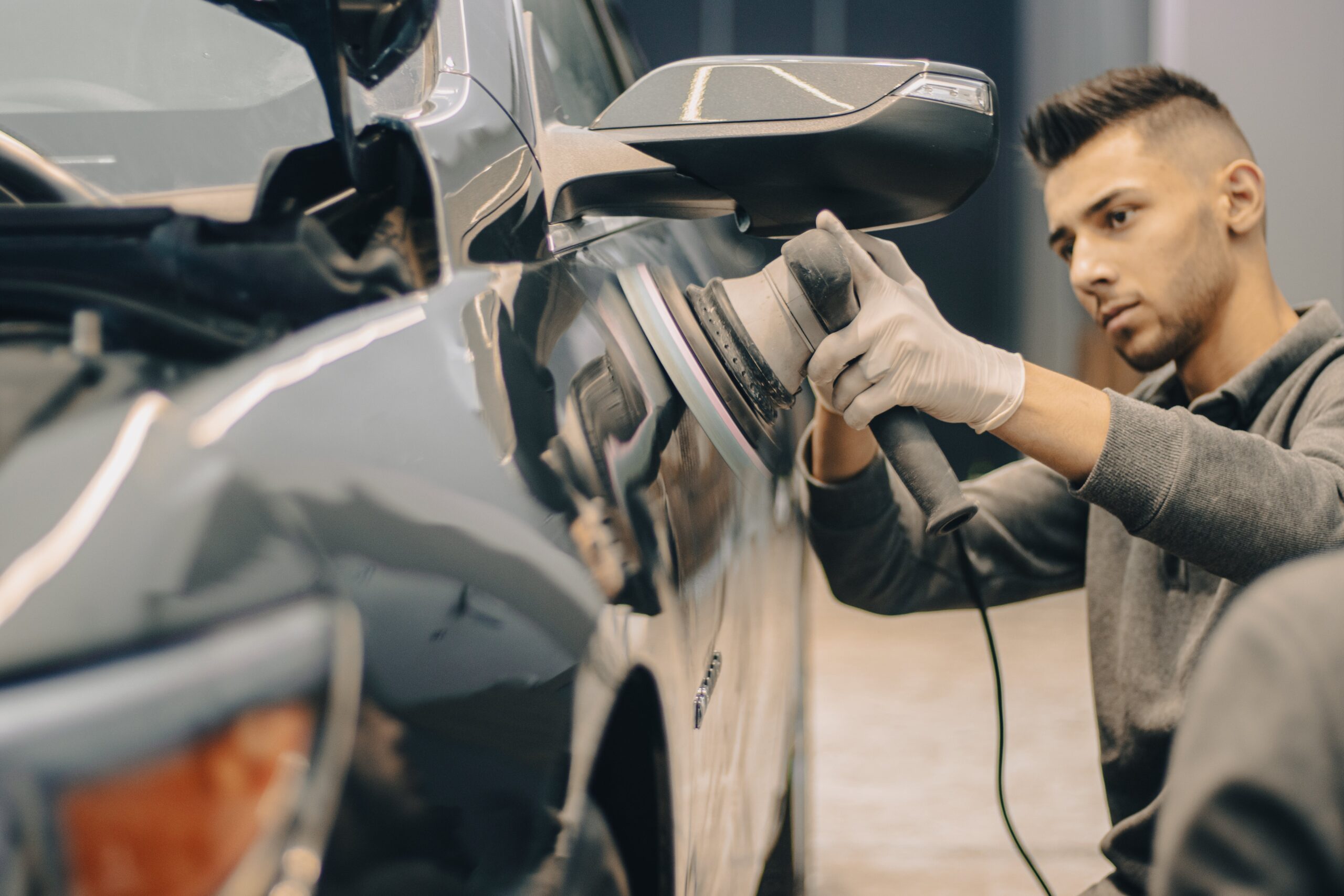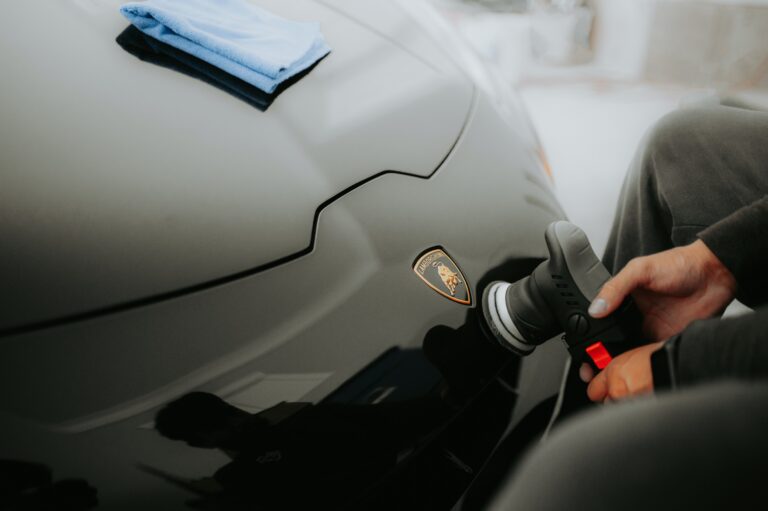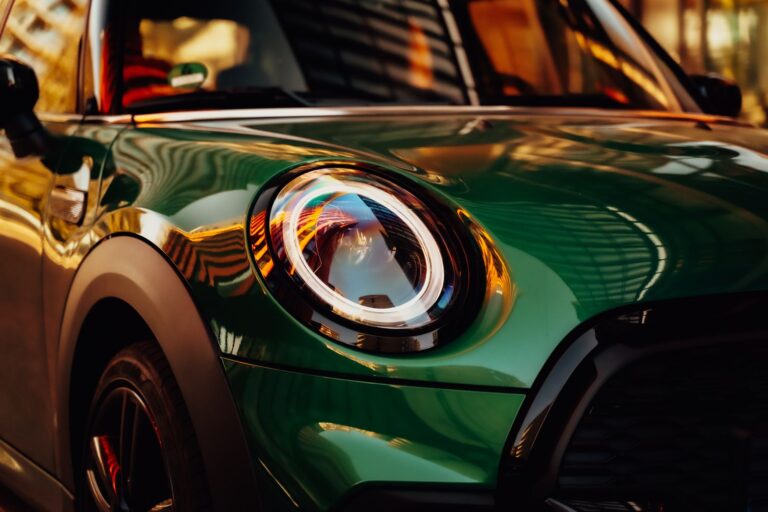The Science Behind Car Wax and Sealants
Car wax and sealants are crucial in the world of automotive care, providing not just a superficial gloss but a vital layer of protection to a vehicle’s paint. While many car owners regularly use these products, the science behind how they work at a molecular level remains a mystery to most. This article delves into the fascinating science behind car wax and sealants, explaining how these products function to shield and maintain the integrity of a car’s paint.
Understanding the Paint Surface
Before exploring the science of car wax and sealants, it’s essential to understand the surface they are protecting. A car’s paint isn’t just there for color; it’s a multi-layered coating, with each layer serving a specific purpose. The topmost layer, the clear coat, is what wax and sealants primarily interact with. This layer is responsible for providing gloss and protecting underlying colors and base materials from environmental elements.
Car Wax: Nature’s Protector
Car wax, traditionally made from natural carnauba wax, along with other blends like beeswax and natural oils, acts as a protective barrier. At a molecular level, carnauba wax is a complex mixture of compounds including fatty acid esters, fatty alcohols, acids, and hydrocarbons. When applied to a car’s surface, the wax forms a hard layer as it dries. This layer doesn’t just sit on top of the paint; it slightly penetrates the microscopic imperfections of the clear coat, forming a hydrophobic (water-repellent) layer.
The molecular structure of carnauba wax is such that it repels water, dirt, and other contaminants. This is due to the non-polar nature of the wax molecules, which are hydrophobic and create a surface tension, causing water and aqueous solutions to bead up and roll off. This not only keeps the vehicle cleaner but also reduces the risk of water spots and mineral deposits, which can damage the clear coat over time.
Synthetic Sealants: The Chemical Shield
Unlike natural waxes, synthetic sealants are man-made polymers, consisting of long chains of molecules engineered to provide a robust protective layer. These polymers, which include polyethylene, polymethyl methacrylate, and others, bond chemically to the paint’s surface, forming a stable, protective coating.
The molecular bond created by synthetic sealants is stronger and more durable than that of natural waxes. This bond creates a layer that is not only hydrophobic but also more resistant to UV radiation, environmental pollutants, and even minor abrasions. The result is a longer-lasting shine and protection, often extending for months compared to the shorter lifespan of natural waxes.
Hybrid Solutions: Combining the Best of Both Worlds
In recent years, advancements in car care technology have led to the development of hybrid products that combine the natural protective qualities of carnauba wax with the durability and resilience of synthetic polymers. These hybrids offer the depth and warmth of a natural wax finish with the extended protection and ease of maintenance of a synthetic sealant.
In Conclusion
The science behind car wax and sealants is a testament to the advancements in chemical and automotive care technologies. By understanding how these products work at a molecular level, car owners can make more informed decisions about the care and protection of their vehicles. Whether you choose natural wax, a synthetic sealant, or a hybrid product, the key is regular application and maintenance to ensure your vehicle remains protected and gleaming.







